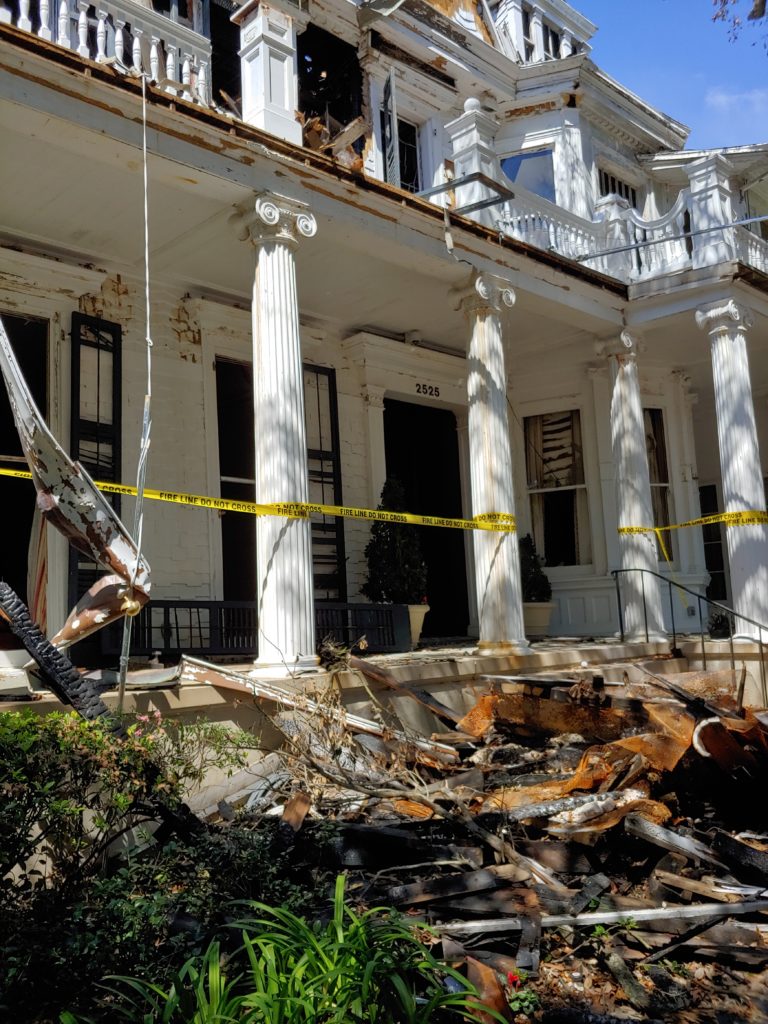Attention! If you or a loved one was diagnosed with Mesothelioma, you may be entitled to financial compensation.
For many Americans, most of what they know about asbestos originates from scary infomercials that start out just like this. Asbestos is known to cause irreparable damage to the lungs and other health hazards to people who have been exposed to asbestos for long periods of time in places like shipyards and manufacturing plants while working. But did you know that asbestos has been used through the ages for a variety of uses and can still be found in many households, schools and workplaces today?

Asbestos, a naturally occurring mineral, contains several attractive qualities for a building material. It is a strong, lightweight material that makes an excellent electrical insulator and is resistant to fire and chemical corrosion. In Greek, the word ‘asbestos’ means “inextinguishable”; this reflects the heat resistant properties of asbestos. Because of these reasons, we find that asbestos has been used by humans before records began.
In fact, archaeologists believe that humans used asbestos to make wicks for lamps and candles in prehistoric times. In Ancient Egypt, the dead were covered in an asbestos shroud as part of the mummification process to preserve the bodies of pharaohs. In Ancient Greece and Rome, asbestos was used to make cloth, towels, napkins, head coverings and even building materials.
Perhaps the most interesting tale of asbestos is from the medieval times. It is said that Emperor Charlemagne, the famed founder of the Holy Roman empire, used an asbestos tablecloth to convince barbarian neighbors that he had powerful supernatural abilities. Charlemagne hosted a dinner party for his guests where they all spent the evening around the table, eating and drinking off this tablecloth. Once the meal was finished and cleared away, Charlemagne would tear the cloth off the table and throw it in the fire. When he pulled the tablecloth out, it was not signed – amazing the barbarians.
While asbestos has been used through the ages, it wasn’t until the Industrial Revolution in the 19th century that asbestos usage became widespread. Its resistance to chemicals, heat, water and electricity made it an excellent insulator for the steam engine, turbines, boilers, ovens and electrical generators that powered the Industrial Revolution. During this period, the mining and manufacturing of asbestos increased exponentially, exposing countless numbers of people to harmful health effects of the material.
The mining and manufacturing of asbestos only increased through the early 20th century. With the start of World War II, the United States became the largest producer of asbestos containing products. Asbestos hit peak production in the U.S. during the 1960’s and 70’s. Most homes built during this time contain building materials such as flooring, pipe insulation, sheetrock and ceiling materials that contain asbestos. For a more exhaustive list on building materials containing asbestos, stay tuned for our blog: Where Can Asbestos Be Found in My Home?
As more information about the harmful effect of asbestos on the body became public, asbestos production in the United States began to decline in the late 70’s. Key regulatory agencies like OSHA, the EPA and NIOSH began demanding protection for workers and bans on the usage of asbestos during this time. The Clean Air Act banned spray-applied surfacing and pipe insulation materials from containing asbestos. In 1989, the EPA banned five existing uses of asbestos and any “new” uses of asbestos, which the EPA defined as “used of asbestos for which the manufacture, importation or processing would be initiated for the first time after August 25, 1989”.
While the EPA banned some uses of asbestos, it is important to understand that the asbestos containing materials are still in production today. Furthermore, asbestos still exists in many homes, schools and commercial facilities built prior to 1990.
If you have concerns about asbestos in your building, please give us a call and schedule your consultation today.
Sources:
King, Daniel. “Asbestos in the Ancient World.” Asbestos, 3 Feb. 2020, https://www.asbestos.com/asbestos/history/. Assessed 2 July 2020.
